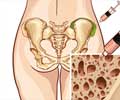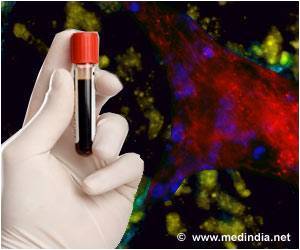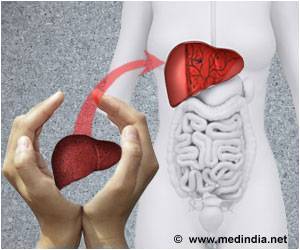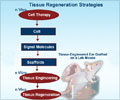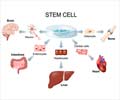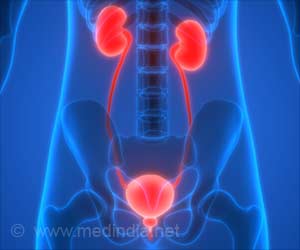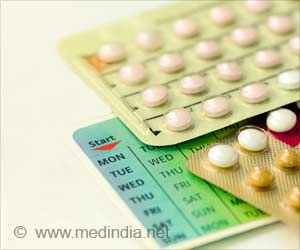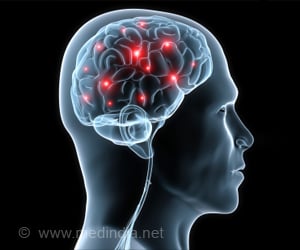A second source of blood production? The lungs contain blood-forming stem cells, challenging the idea that only bone marrow produces it.
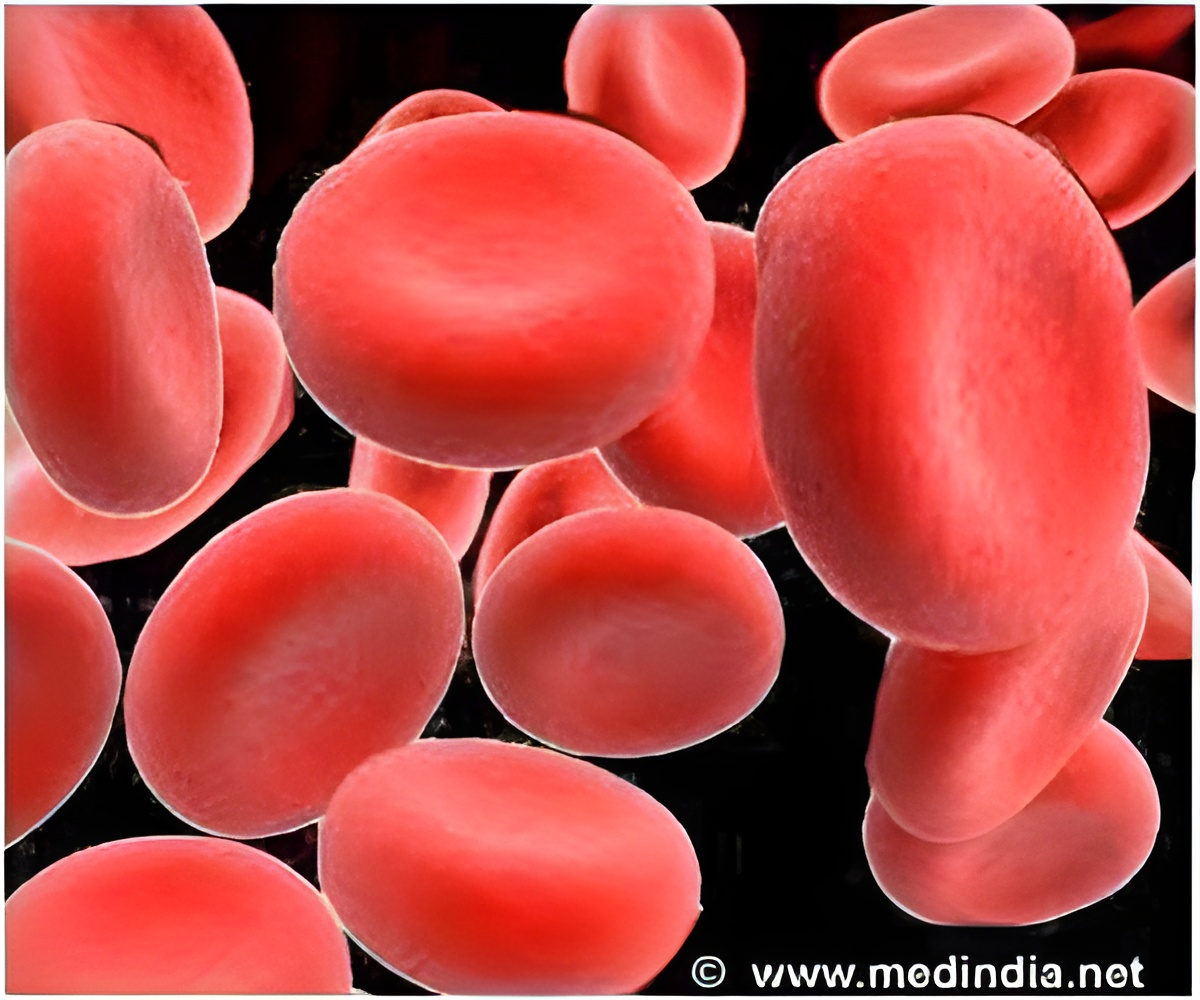
‘Your lungs do not only help you breathe, they also make blood! Scientists found stem cells in the lungs that produce red blood cells & platelets. #lung #bloodcells #medindia’





Hematopoietic stem cells (HSCs), which create red blood cells, and megakaryocytes, which produce platelets that cause blood clots, were discovered in human lung tissue. "Bone marrow transplants have been a cornerstone in the treatment of cancers like leukemia for decades," stated Mark Looney, MD, UCSF professor of medicine and laboratory medicine. "A second and significant reservoir of these valuable stem cells may be the lung HSCs"(1✔ ✔Trusted Source
Decoding functional hematopoietic progenitor cells in the adult human lung
Go to source).
Lung - a Novel Site of Blood Cell Production
In 2017, the UCSF team discovered that 50% of the mouse's platelets were made up of cells in the lung.They also found that mice's lung stem cells produced all of the components of blood, including red blood cells, megakaryocytes, and various immune cell types.
Looney's team sought to demonstrate that this also occurred in humans. To compare the findings in each tissue, they collected donated lung, bone marrow, and blood samples.
Advertisement
“The lung HSCs weren’t one-offs – they were a reliable presence in the lungs,” said Catharina Conrad, MD, PhD, postdoctoral scholar in Looney’s lab and first author of the paper. “But we still needed to know that they were capable of making blood.”
Advertisement
“Both types of HSCs thrived in our gold-standard stem cell experiment, but the lung HSC colonies made more red blood cells and megakaryocytes, while the bone marrow colonies tended to make more immune cells,” Looney said.
The human lung HSCs could also restore bone marrow in HSC-deficient mice. The discovery confirmed Looney’s earlier discovery that the mouse lung and bone marrow complemented one another in producing blood, even sending stem cells to restore one another.
“We think these HSCs could be a reservoir of hematopoiesis in a particular organ, in this case the lung, that gets activated whenever the body needs more of any part of the blood, whether it’s platelets, red blood cells or immune cells,” Looney said.
Evidence of Lung-Resident Stem Cells in Blood Formation
To show that the lung HSCs truly resided in the lung and weren’t just escapees from the bone marrow, Conrad and Looney looked for the HSCs in human lung tissue samples.They found them between blood vessels in an arrangement that was reminiscent of what’s seen in bone marrow.
“They really seem to live there and aren’t just passing through,” Conrad said.
Lastly, the team analyzed the output of routine bone marrow transplants, which today begin with a blood draw from a donor followed by a screen for stem cells.
Remarkably, nearly a fifth of the stem cells isolated for bone marrow transplant carried the signature of lung HSCs – suggesting that cells in “bone marrow transplants” aren’t only from bone marrow.
There’s a lot more to learn about the lung HSCs. Could the different pools of HSCs serve different therapeutic roles in medicine? Why do the lungs themselves need to make blood?
“The lungs are critical to blood circulation, so it’s tantalizing to see the lung HSCs as an emergency reservoir for red blood cell and platelet production,” Looney said. “Now that we know they exist, it opens up a lot of new opportunities for a therapy, hematopoietic stem cell transplantation, that is very commonly used for patients with the need.”
Reference:
- Decoding functional hematopoietic progenitor cells in the adult human lung- (https://ashpublications.org/blood/article/doi/10.1182/blood.2024027884/535786/Decoding-functional-hematopoietic-progenitor-cells)
Source-Eurekalert

